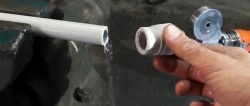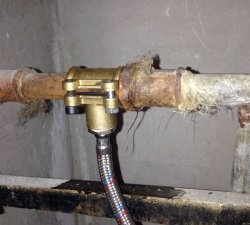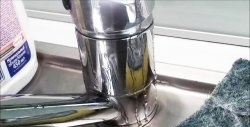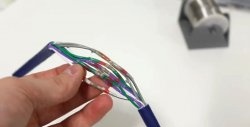How to solder a polypropylene pipe when water is flowing
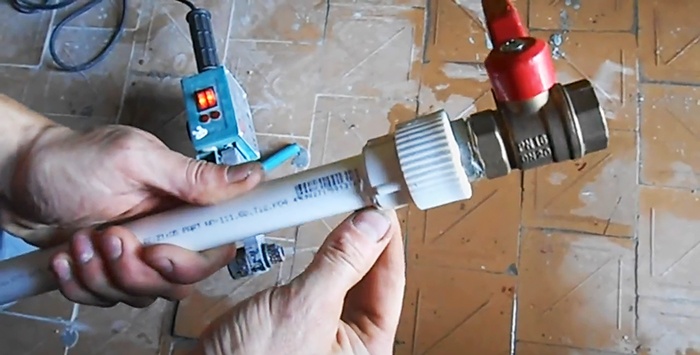
Sometimes it becomes necessary to solder an additional pipe or pipe fittings (turn, bend, tee, tap, etc.) to a polypropylene pipe in an existing water supply or some other system. Of course, if there is no technical possibility to shut off the water above, then there can be no talk of any soldering.
But even if the water is shut off and there is no pressure at all, the liquid can continue to drip, especially in the riser, and there is no way to stop it, for example, due to the dilapidation of the tap and its incomplete closing. In this case, soldering also becomes a difficult task, but there is one method that, with some skill, makes it possible, and the soldering is of high quality and quite reliable.
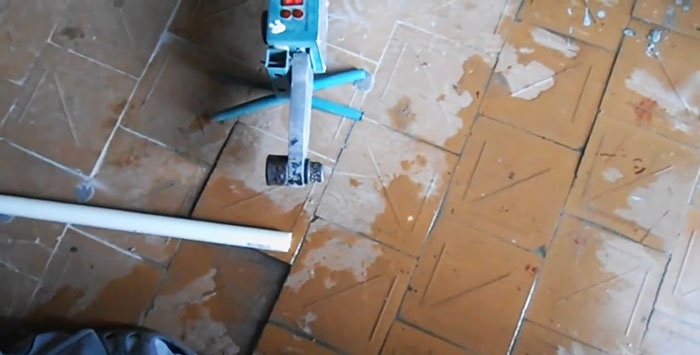
A trick to temporarily plug a pipe
To do this, you need to take a fresh bread crumb, knead it thoroughly with your fingers and, when it becomes plastic, like plasticine, shake off and wipe off the accumulated water, plug the dripping polypropylene pipe with the softened crumb, slightly pushing it further to create some semblance of a plug or plug.
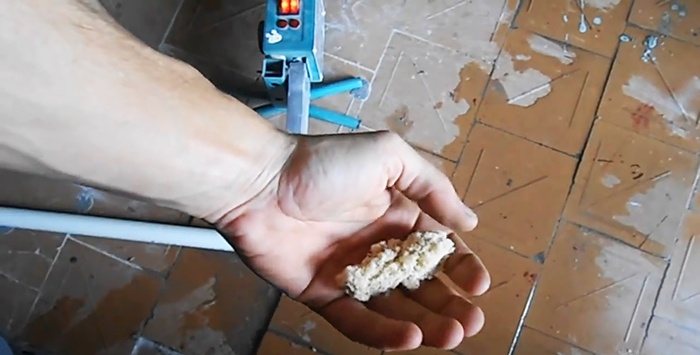
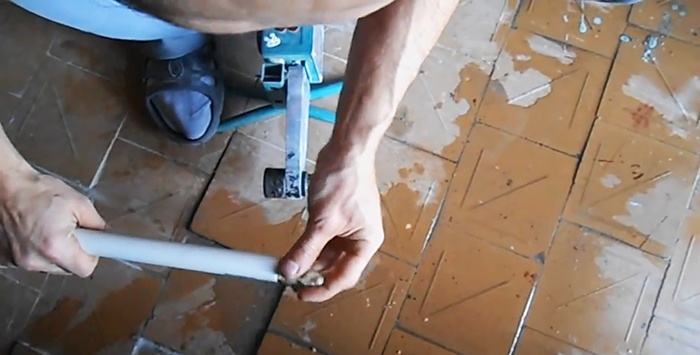
Now you need to act very skillfully. The soldering unit must be turned on in advance and heated to the required temperature. We heat the ends of the pipes to be sealed or pipes with pipe fittings (in our case, this is a quick-acting tap) to a plastic state, connect them and hold them in this position until the soldering area has completely hardened.
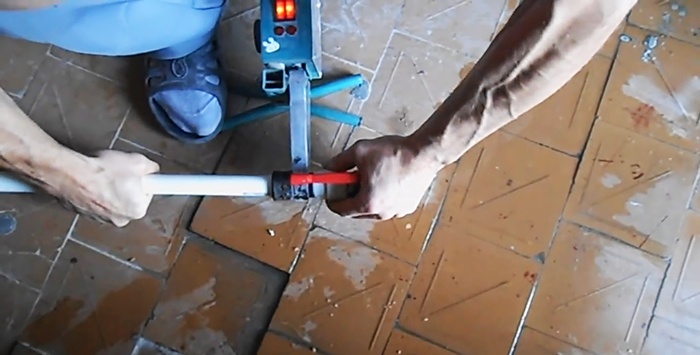

A legitimate question arises: how to remove the bread plug created by our own hands from the pipe so that it does not cause blockage and shutoff of water in the system? Firstly, nothing will have to be removed, and secondly, when the water supply is resumed, the pressure will remove our improvised plug, having previously eroded it into small fragments.
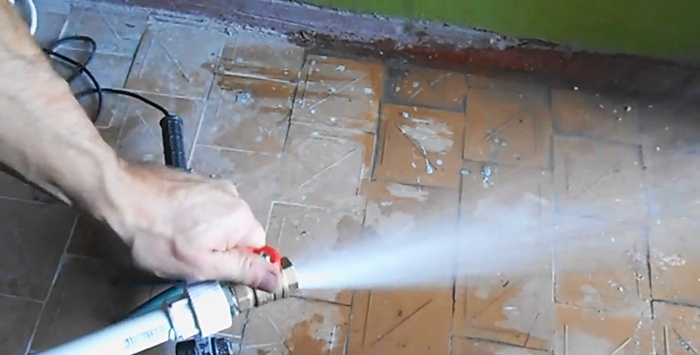
Is it possible to replace bread with something else, more “reliable”, as it may seem to us, for example, chewing gum or raw dough. It is not advisable to use either the first or second option. Chewing gum will definitely clog the pipe, hardening under the influence of cold water. Raw dough is difficult to liquefy with water and can also create a problem, up to the connection connector to remove it, and new soldering. All that remains is the bread: it “holds” a small volume of water quite well and easily softens under the pressure of the liquid, is divided into small fragments and is removed from the system without a residue, and in a short time.
Watch the video
Similar master classes
Particularly interesting
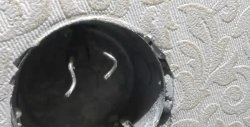
How to install a socket if there are short wires left
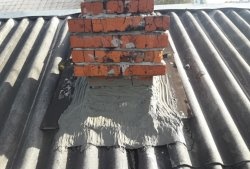
How to eliminate gaps between the chimney and slate
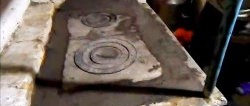
How to mix an ultra-reliable solution for the oven that does not give
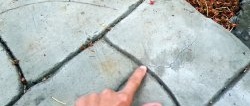
There will be no more cracks: What to add to concrete to make it
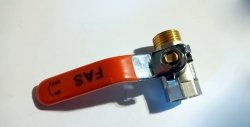
Never buy ball valves without checking with me
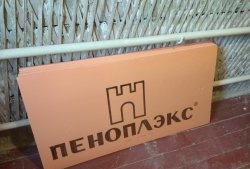
New technology for floor insulation with penoplex
Comments (2)

